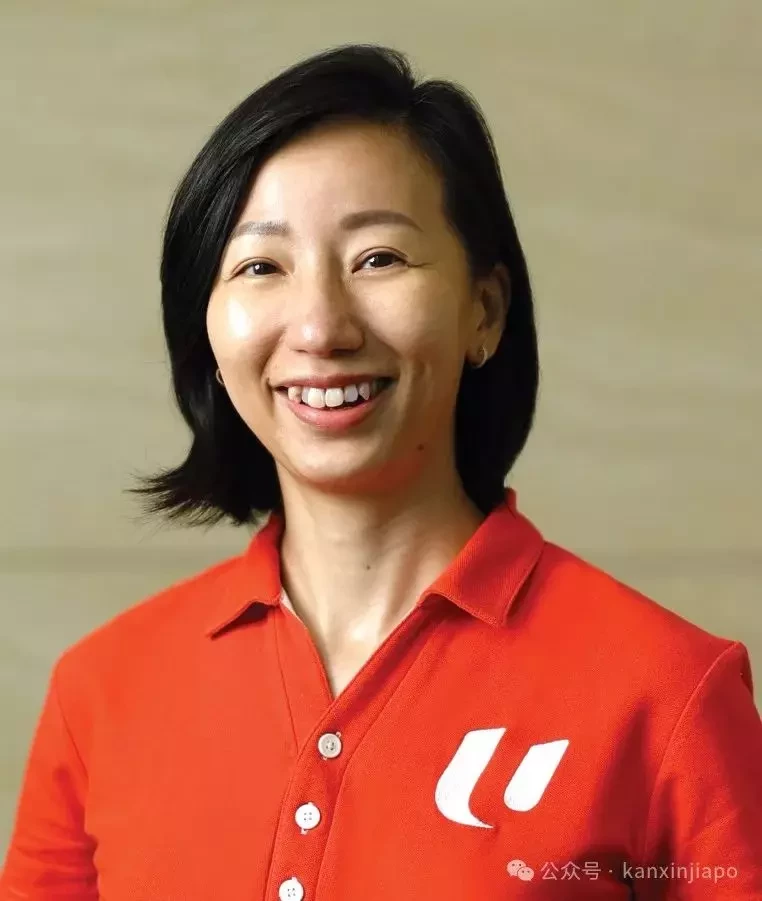2024年4月3日,新加坡教育部兼人力部政務部長顏曉芳,回答官委議員徐錦莉有關大學畢業生就業率與起薪差異的問題。

顏曉芳
教育部兼人力部政務部長
瑪麗蒙選區議員

徐錦莉
官委議員
以下內容為新加坡眼根據國會英文資料翻譯整理:
徐錦莉議員問教育部長:在2023年聯合自治大學畢業生就業調查的背景下,教育部是否計劃
(i)探討為什麼藝術、設計和媒體專業的畢業生比其他大學畢業生就業率和薪資較低,而健康科學畢業生的薪資表現也較差的原因,
(ii)與這些專業的畢業生交流,了解如何改善他們的就業結果,
(iii)與相關部門和利益相關方合作,採取措施縮小就業和薪資差距。
教育部政務部長 顏曉芳女士(代表教育部長答覆):主席先生,新加坡南洋理工大學的藝術、設計和媒體學院(School of Art, Design and Media,以下簡稱為ADM學院)畢業生多年來的就業率和工資都在穩步增長。在過去的十年中,ADM畢業生的平均就業率約為88%,起薪每年增加約3.4%。該領域新畢業生的就業率和薪資水平通常低於加入其他領域如工程、建環境和商業的同齡人。這反映了各行業的經濟需求和勞動力市場條件。ADM領域的工作性質和商業結構也意味著與其他領域相比,自由職業者和自僱人士(SEP)的比例更高。
在《新加坡藝術拓展藍圖 2023-2027》(Our SG Arts Plan 2023-2027)下,國家藝術理事會(National Arts Council, NAC)正在積極採取措施提高藝術領域的能力和卓越性,並支持自由職業者和自僱人士的培訓和發展。資訊、通訊及媒體發展管理局(Infocomm Media Development Authority, IMDA)和新加坡設計理事會(DesignSingapore Council,簡稱Dsg)也在與大學和關鍵行業合作夥伴緊密合作,為我們的畢業生提供良好的教育和相關的、需求量大的技能,以便他們在職場中取得成功。Dsg還通過設計教育諮詢委員會(Design Education Advisory Committee)促進大學與公司的合作,增強學生的行業曝光和實習機會。
至於健康科學畢業生,儘管過去十年中薪資中位數的增長低於其他大學畢業生,但2023年增長了6%,高於大學畢業生的平均增長水平。衛生部(Ministry of Health, MOH)繼續與醫療集團合作,定期審查醫護人員的起薪和薪酬包,以確保薪酬具有競爭力。MOH還在過去十年中為社區護理部門提供資金支持,以提升薪資,最近還發布了該部門的薪資指導方針。
為了支持所有學生和畢業生進入職場,我們的大學組織職業展會,並有職業教練提供指導和講座。畢業生如果需要求職支持,還可以聯繫勞動力發展局(Workforce Singapore, WSG)的經營職業聯繫站(Careers Connect)或全國職工總會(NTUC)的職總就業與職能培訓中心(e2i)。同時,我們鼓勵學生在追求自己的興趣並決定大學專業時,考慮到職業發展、薪資和成長機會等長期因素。
主席先生:徐錦莉議員。
徐錦莉議員:感謝政務部長。我有兩個補充問題。第一個問題是關於藝術和設計的。我明白如果我們將藝術和設計視為一個垂直技能,那麼在機會方面是相對有限的。但我想跟進我之前預算髮言中提到的一些內容。考慮到旅遊、娛樂等各行業的增長,在新加坡,這些領域的增長潛力和經濟機會更大,請問將採取什麼步驟將這些創意藝術專業人士與這些增長行業整合起來?這是第一個問題。
第二個問題是關於健康科學的。我也明白健康SG(Healthier SG)是一個很大的推動力。請問學校如何在機會中進行探索,以便將這些畢業生與即將到來的機會連接起來?
顏曉芳女士:我完全同意這兩個觀點。對於藝術和設計畢業生,僅供議員參考,他們並不只去從事藝術和設計工作。根據我們收集的數據,許多人實際上進入了公共關係、產品設計、廣告、銷售、營銷、平面設計、旅遊等領域。所以,確實在我們的教育中,我們希望為學生提供廣泛的基礎技能和垂直技能,以便他們在畢業時有更多的機會和職業選擇。
對於健康科學,沒錯,健康SG(Healthier SG)是一個令人興奮的發展。教育部將與衛生部密切合作,確保課程和技能框架得到更新,以便我們的學生在畢業時有最大的機會。

以下是英文質詢內容:
Ms See Jinli Jean asked the Minister for Education in light of the 2023 Joint Autonomous Universities Graduate Employment Survey, whether the Ministry plans to (i) discover why, when compared with their university peers, the arts, design and media graduates have poorer employment and salary outcomes and the health sciences graduates have poorer salary outcomes (ii) engage graduates of such courses on how to improve their employment outcomes and (iii) engage the relevant sector agencies and stakeholders to take steps to narrow the employment and salary outcome gap.
The Minister of State for Education (Ms Gan Siow Huang) (for the Minister for Education): Mr Speaker, arts, design and media (ADM) graduates have seen stable employment outcomes and wage increases over the years. In the last 10 years, the average employment rate for ADM graduates was around 88% and the starting salary increased about 3.4% every year. The employment rate and salary level for fresh graduates in this sector are typically lower compared to their peers who join other sectors, such as engineering, built environment and business.
This is reflective of the economic demand and the labour market conditions of each sector. The nature of work and business structures in the ADM sector also mean that there is a higher proportion of freelancers and self-employed persons (SEPs) compared to other sectors.
Under Our SG Arts Plan (2023-2027), the National Arts Council (NAC) is taking active steps to grow capabilities and excellence in the arts sector and support the training and development of SEPs. The Infocomm Media Development Authority (IMDA) and DesignSingapore Council (Dsg) have also been working closely with the universities and key industry partners to provide our graduates with a good education and relevant, in-demand skill sets to take on good jobs and thrive in the workplace. Dsg also facilitates partnerships between universities and companies, such as through the Design Education Advisory Committee, to enhance industry exposure and internship opportunities for our students.
As for health sciences graduates, while the growth in median salaries over the past ten years has been lower than the other graduates from the universities, it increased by 6% in 2023, which was higher than the average increase for university graduates in general. The Ministry of Health (MOH) continues to work with healthcare clusters to review the starting salary and salary package of healthcare workers on a regular basis, to ensure that the salaries remain competitive. MOH also provided funding support to the community care sector over the last 10 years to uplift salaries and most recently, put out salary guidelines for the sector.
To support all students and graduates as they enter the workforce, our universities organise career fairs and have career coaches to provide mentoring and workshops. Graduates can also approach Workforce Singapore's Careers Connect or NTUC's e2i career centres, if they require support in their job search. At the same time, we encourage our students to consider longer-term factors, such as career progression, salary and growth opportunities in the sector, as they pursue their passion and decide on the course of study in the universities.
Mr Speaker: Ms See.
Ms See Jinli Jean (Nominated Member): I thank the Minister of State. I have two supplementary questions. The first is relating to arts and design. I do understand that if we look at arts and design as a vertical skill, then in terms of opportunities, it is quite confined. But I just would like to follow up on some of the mentions in my previous Budget speech. Looking at the growth of various sectors, such as tourism, entertainment and so forth; in Singapore, where, in terms of growth potential and economic opportunities are much more, what would be the steps taken to integrate these creative arts professionals in these fields, with these growth industries? So, that is one.























